Ball Lenses
Definition: lenses which have the geometric form of a sphere
More general term: lenses
German: Kugellinsen
How to cite the article; suggest additional literature
Author: Dr. Rüdiger Paschotta
A special form of a thick biconvex optical lens is a ball lens, usually having the geometrical form of a ball (sphere). They are manufactured from a single material, usually an optical glass with good transparency in the wavelength region of interest. A frequently used material is fused silica.
Another variant are half-ball lenses, which are obtained simply by cutting ball lenses in half.
Ball lenses are usually made with relatively small diameters of a few millimeters or sometimes even less than 1 mm (microlenses). Particularly for such small dimensions, they are easier to fabricate than lenses with traditional designs.
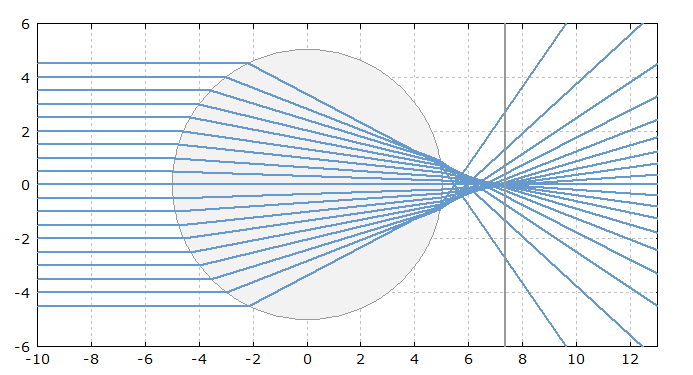
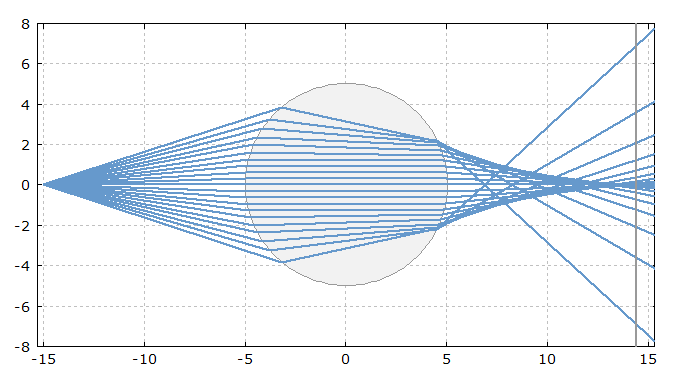
Ball lenses exhibit substantial spherical aberrations when light propagation is not restricted to a small fraction of its cross-section. Examples are shown in Figures 1 and 2.
A special kind of micro-ball lens is obtained by heating the end of a tapered fiber such that it melts.
Applications of Ball Lenses
Ball lenses are used particularly as beam collimators for optical fibers (fiber collimators) and for fiber-to-fiber coupling. They are also suitable for miniature optics with applications like barcode scanning, as objective lenses in endoscopy and for optical sensors. There are also microscope objectives (particularly immersion objectives) which have a hyperhemisphere (e.g., somewhat more than a hemisphere) as the first lens.
Focal Length
There are two different definitions of focal length of a ball lens. The effective focal length, which is the distance between a plane through the center of the lens and the beam waist (focus) of an initially collimated input beam, is given by the equation
where D is the diameter of the lens ball and n its refractive index.
The back focal length is defined as the distance of the focal point from the lens surface, and is smaller than the effective focal length by half the diameter of the ball.
Optical Aberrations
Just as other spherical lenses, ball lenses exhibit optical aberrations and in particular spherical aberrations (see Figure 1 and 2) when operated with incident beams having a diameter which is not much smaller than that of the ball. Therefore, the minimum possible spot size of the focus is not obtained for the largest possible input beam size, as it would be for a perfect lens.
It is possible to produce aspheric lenses with much weaker aberrations, using spherical ball lenses as a preform which are then appropriately deformed.
Rainbows
Natural ball lenses in the form of small water droplets cause the phenomenon of rainbows. The color effects of the primary (most prominent) row arise from light paths with a single internal reflection in a droplet. Sometimes one can see a secondary rainbow, arising from beam paths with two internal reflections.
Suppliers
The RP Photonics Buyer's Guide contains 16 suppliers for ball lenses. Among them:

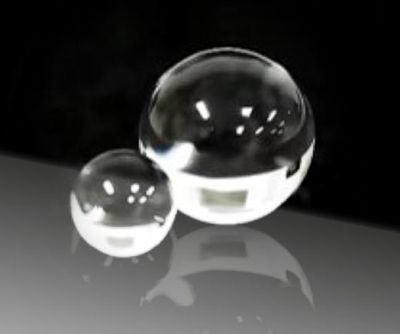
Shanghai Optics
Shanghai Optics offers custom-made ball lenses. Please contact us for manufacturing limit or custom specifications. We can offer balls lenses e.g. with a diameter tolerance of ±50 μm, scratch & dig 20/10, surface quality 40-20, and with <50 μm deviation from a sphere.


Edmund Optics
Ball Lenses are commonly used to improve signal quality in fiber coupling applications, or for use in endoscopy or bar code scanning applications. Our ball lenses feature short back focal lengths to minimize the distance needed from the ball lens to the optical fiber. Edmund Optics offers a variety of ball lenses in a range of substrates for performance in the ultraviolet to the NIR. Half-ball lenses are also available to ease mounting or system integration.
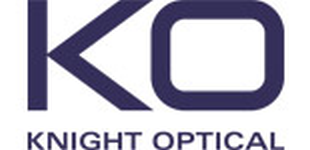

Knight Optical
Knight Optical provides a wide-ranging supply of ball lenses to meet project-specific wavelength requirements. Material options include: quartz (260-2500nm), sapphire (0.17–5.5 μm), ruby (250 nm to NIR), BK7 (or equivalent) (250–2500 nm), UV-grade fused silica (170–2500 nm), as well as B270 (320–2600 nm) and borosilicate (or equivalent) (310–2700 nm) material options.
Questions and Comments from Users
Here you can submit questions and comments. As far as they get accepted by the author, they will appear above this paragraph together with the author’s answer. The author will decide on acceptance based on certain criteria. Essentially, the issue must be of sufficiently broad interest.
Please do not enter personal data here; we would otherwise delete it soon. (See also our privacy declaration.) If you wish to receive personal feedback or consultancy from the author, please contact him e.g. via e-mail.
By submitting the information, you give your consent to the potential publication of your inputs on our website according to our rules. (If you later retract your consent, we will delete those inputs.) As your inputs are first reviewed by the author, they may be published with some delay.
See also: lenses, microlenses, focal length, aspheric optics
and other articles in the category general optics
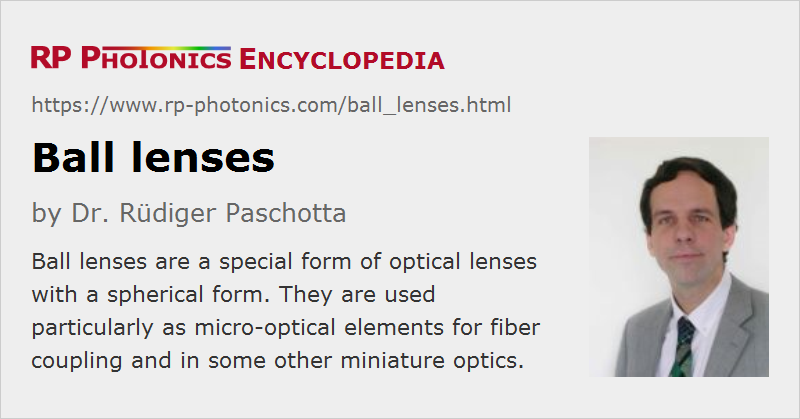 |



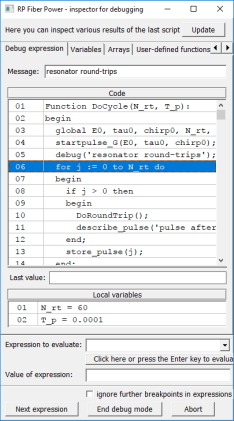
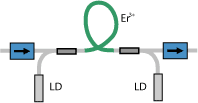

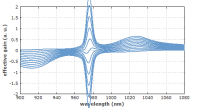
If you like this page, please share the link with your friends and colleagues, e.g. via social media:
These sharing buttons are implemented in a privacy-friendly way!